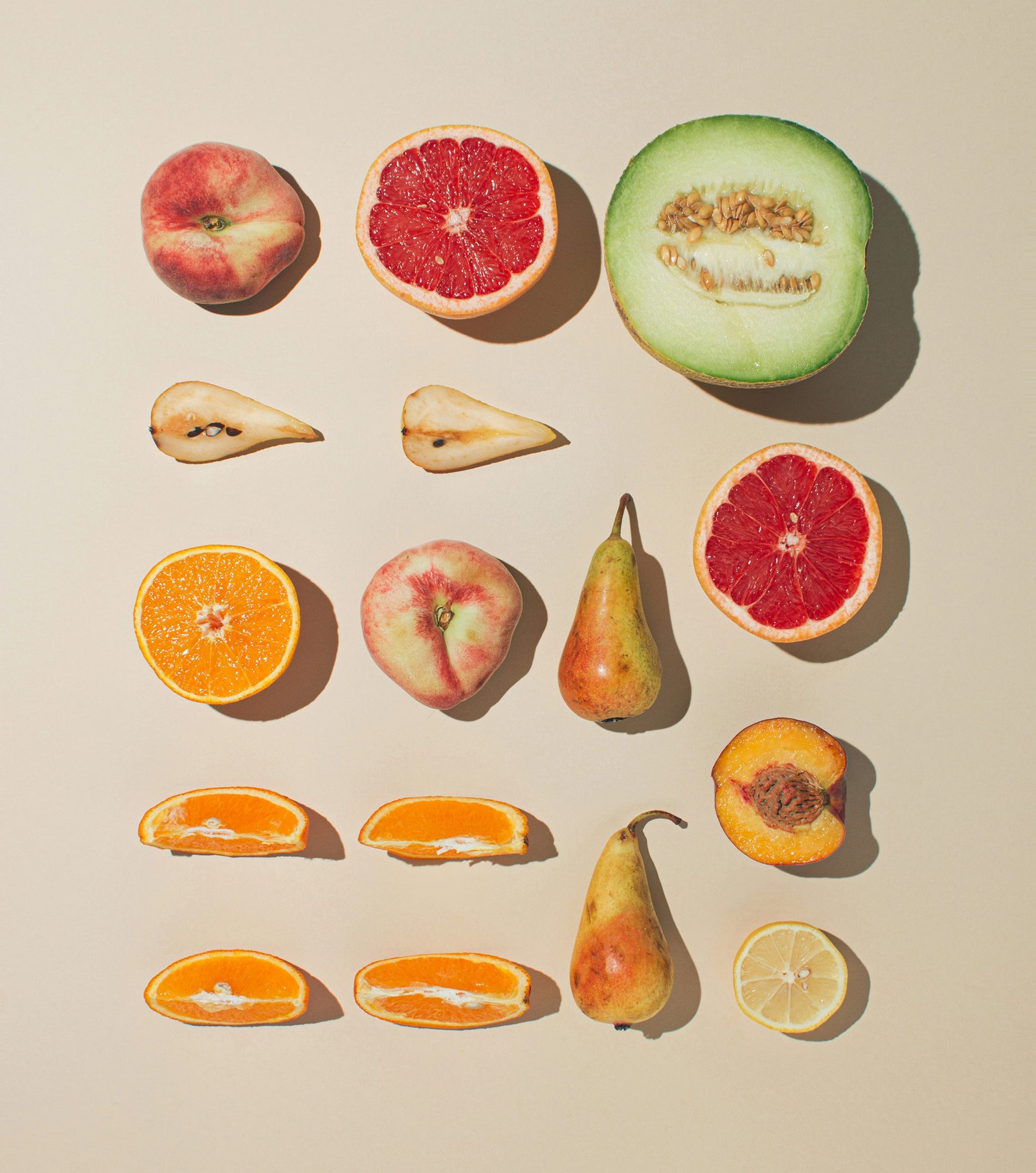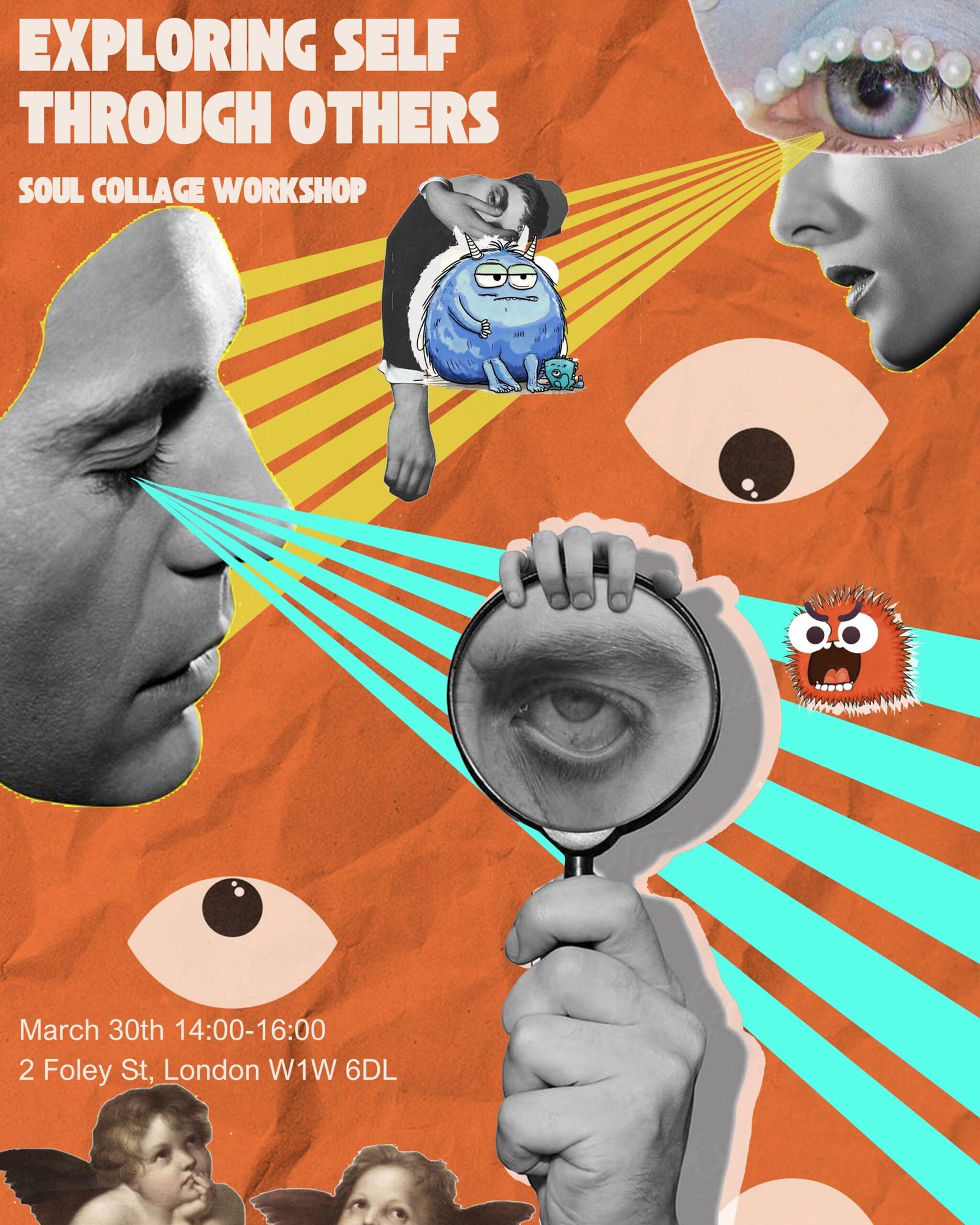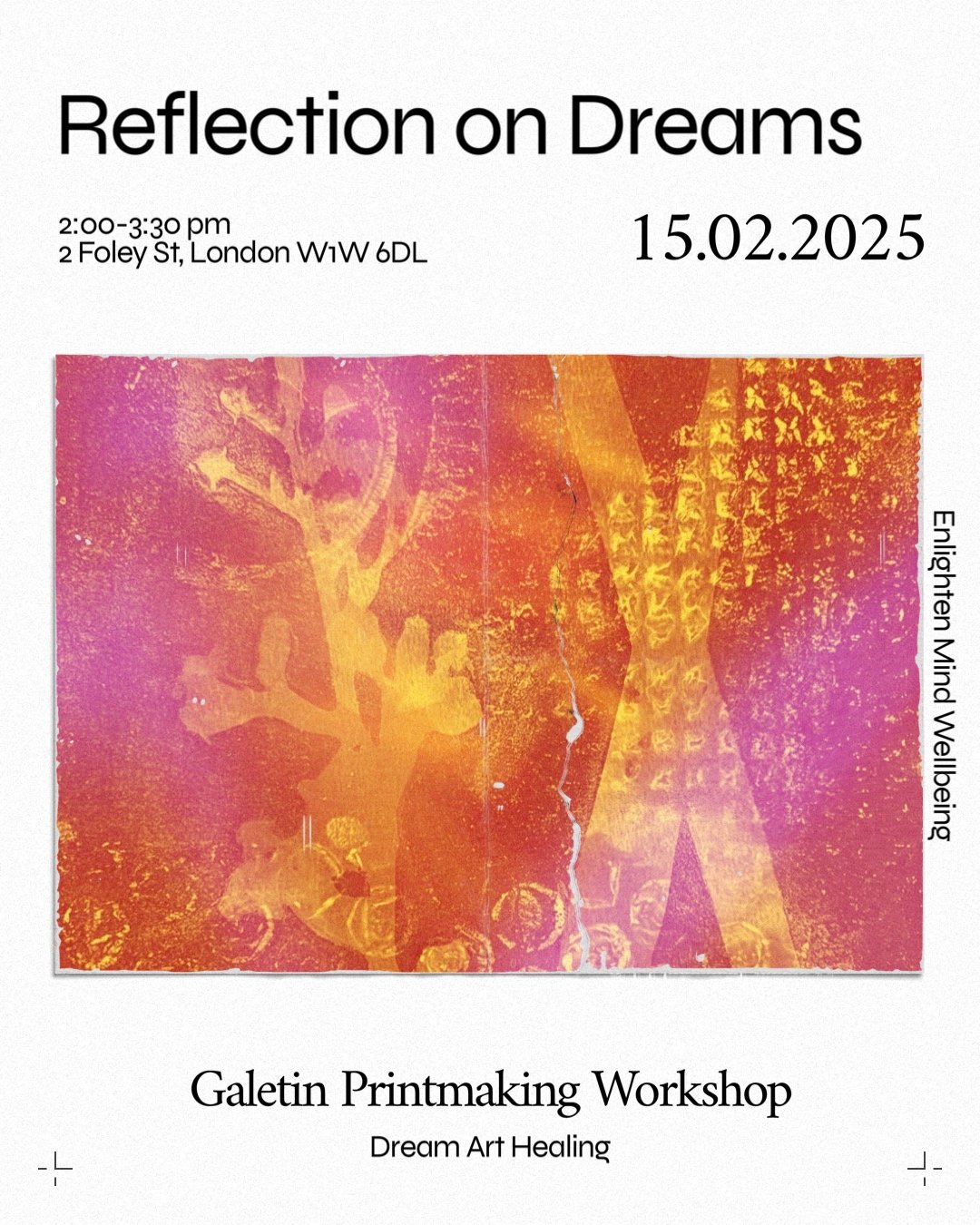Introduction
Improvised Theatre Sketching is a unique creative practice that combines live improvisation with quick, expressive drawing. Participants engage in unscripted scenes and capture the essence of the moment through dramatic sketches and visual interpretations. As a result, this approach is both playful and impactful. It not only helps explore interpersonal dynamics but also allows participants to process emotions and enhance creative thinking.
Moreover, this method encourages adaptability, supports self-reflection, and strengthens group connection. Because of its versatility, it is especially beneficial in personal, social, and professional contexts.

Benefits
Builds Interpersonal Understanding
By acting and sketching together, participants gain insights into others’ perspectives. This strengthens empathy and mutual respect through shared dramatic sketches.Supports Self-Reflection
Translating scenes into dramatic sketches helps participants notice patterns in their reactions and emotions. This deepens their self-awareness.Encourages Social Interaction
Working in groups fosters collaboration. It also builds confidence in social engagement.Reduces Mental Tension
The playful, unstructured nature of improvisation offers a healthy outlet for stress. Participants often feel more relaxed and refreshed afterward.Boosts Professional Creativity
Improvised scenes and visual storytelling train participants to think quickly. This enhances creativity, adaptability, and innovation at work.
Steps to Practice
Warm-Up with Improvisation
Start with light exercises to loosen up. Try mirroring a partner’s movements or exchanging simple, unscripted dialogue.Set a Scene
Offer a prompt or scenario for a short improvised scene. For example, “a surprise encounter” or “a workplace dilemma.”Capture with Sketching
As one group performs, others observe and sketch key moments, emotions, or interactions. Focus on capturing the energy through dramatic sketches, not artistic perfection.Switch Roles
Rotate roles between performers and sketchers. This ensures everyone experiences both creative perspectives and contributes to meaningful dramatic sketches.Reflect and Discuss
Share the sketches and talk about how they represent the scene. Use this time to explore emotions, relationships, and creative insights.
What to Expect in a Session
Introduction and Group Connection
Sessions begin with icebreaker activities to create a relaxed, supportive atmosphere and help participants build rapport.Improvised Scenes
Participants engage in spontaneous acting, exploring the dynamics of relationships or scenarios relevant to their goals, such as teamwork or stress management.Sketching and Observation
Observers translate the scenes into sketches, focusing on capturing emotions, actions, or key interactions visually.Discussion and Insight Sharing
After each scene, the group discusses the experience and insights from both performing and sketching, enhancing understanding and connection.Integration
The session concludes with participants reflecting on how the activity relates to their relationships, social skills, or work challenges, fostering practical takeaways.

How This Approach Heals
- Relationship Building
Through shared experience, performing and sketching together fosters trust, empathy, and mutual understanding. In turn, participants gain deeper insights into how they relate to others, improving communication and emotional bonds.
- Self-Knowledge
As participants improvise, they explore their instincts, emotions, and reactions. Additionally, sketching adds another layer of self-reflection, allowing them to visually interpret and better understand their inner experiences.
- Sociability
Moreover, collaborative activities encourage open dialogue and mutual creativity. This process helps participants feel more confident in social settings and more comfortable expressing themselves.
- Stress Relief
Because of its playful and unstructured nature, the activity offers a mental break from routine. As a result, participants can release tension while engaging in meaningful expression..
- Work Productivity
Finally, improvisation and sketching train participants to adapt to uncertainty, think quickly, and communicate effectively. Consequently, these skills directly enhance teamwork, problem-solving, and creative thinking in professional contexts.
Long-Term Benefits
Improved Emotional Awareness
Participants become more aware of their emotions and reactions. This helps them handle personal and professional challenges with greater insight.Stronger Collaboration Skills
Regular practice improves teamwork and group communication. These skills support better interaction in both social and workplace settings.Sustained Stress Management
Blending play with creative expression provides a reliable way to manage stress. Over time, this builds emotional resilience and mental balance.Enhanced Adaptability
Improvised scenes and fast-paced sketching train the brain to stay flexible. This boosts the ability to handle change and solve problems under pressure—key to workplace success.Increased Social Confidence
Engaging in a supportive, playful environment helps participants connect more easily with others. This leads to stronger social skills and greater self-assurance in interactions.
Related Workshops
-

Half-Day Sound Bath & Art Therapy Retreat at a Private Members’ Club in Central London
£71.00 Add to basket -

Handmade Smudge Stick Workshop
£41.00 Add to basket -

Soul Collage Workshop: Exploring Self Through Others
£42.00 Read more -

Trace Your Emotions–A Visual Body Scan
£45.00 Read more -

Writing Movement
£36.00 Read more -

Lumen Print Workshop
£36.00 Read more -

Reflection on Dreams
£35.00 Read more
RELATED POSTS

Culinary Art
Introduction Culinary Art Healing is a creative and healing practice that uses the art of cooking and food symbolism as

Aromahealing
Aroma meaning: A Bridge Between Scent and Inner Well-Being Aroma healing is one of the most ancient healing arts, with







